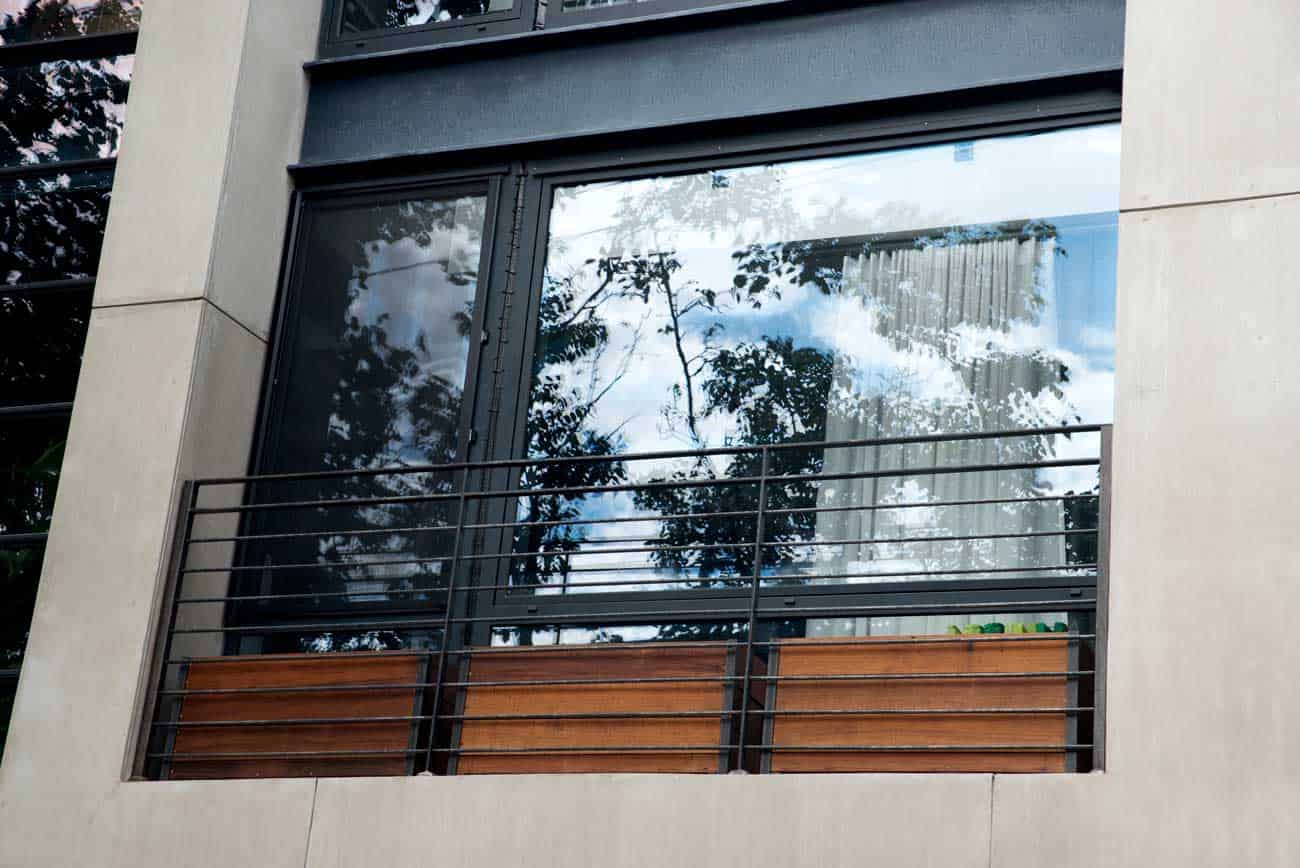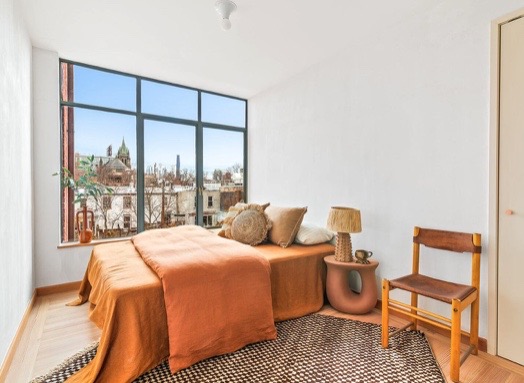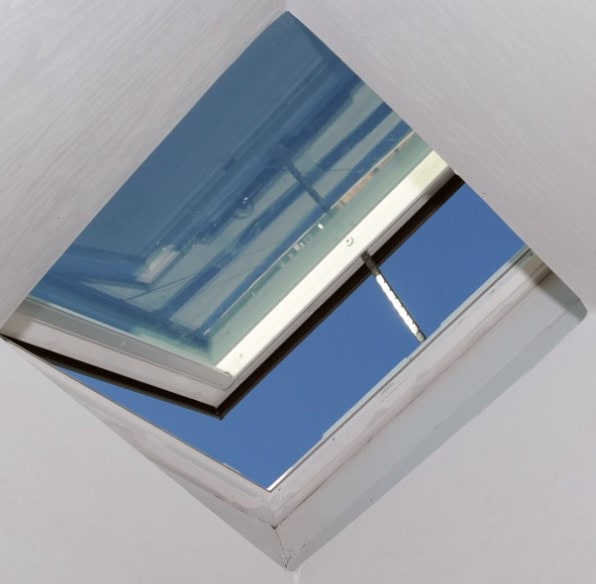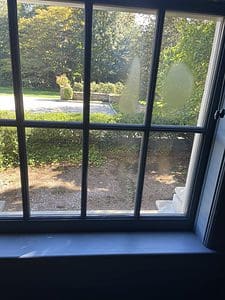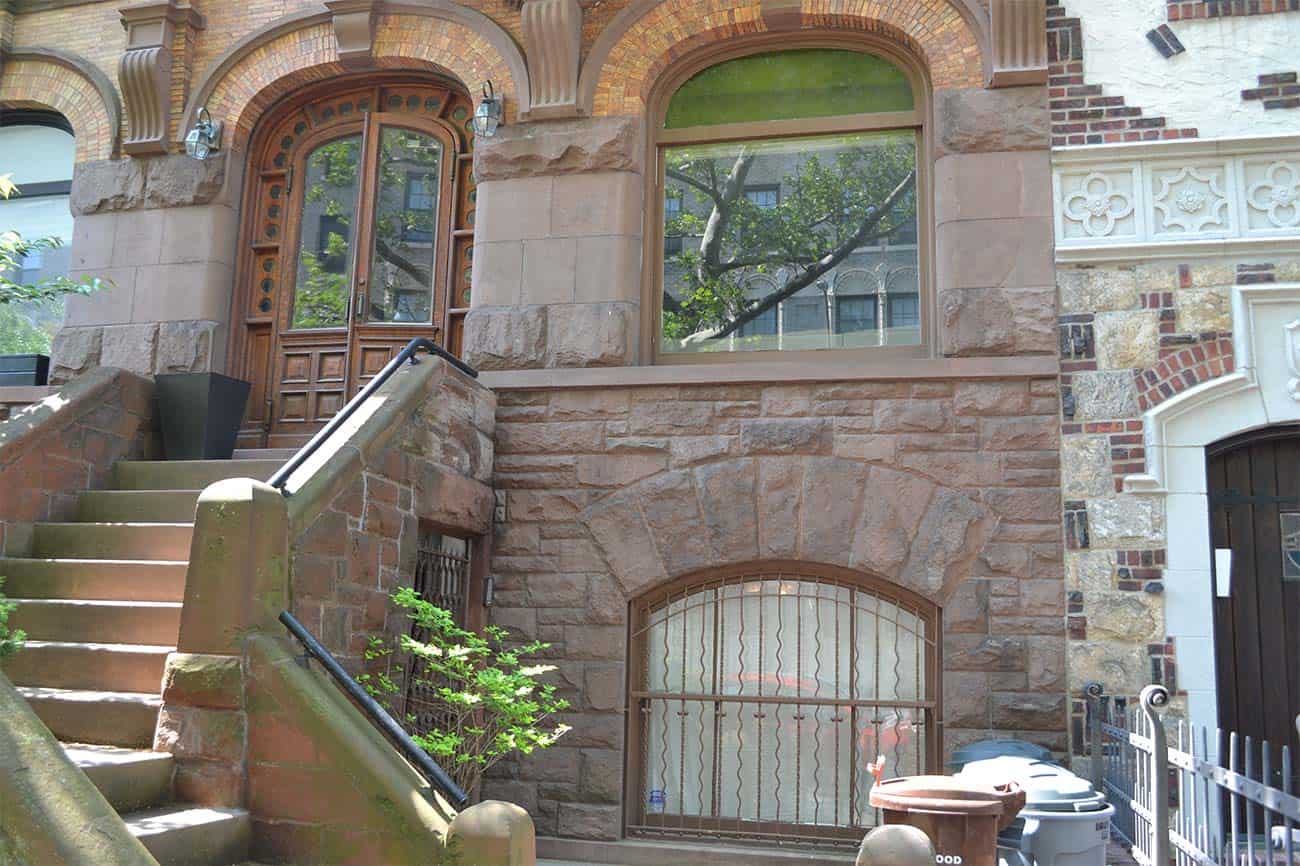European Tilt-and-Turn Windows 101

What Is a Tilt-And-Turn Window?
Tilt-and-turn windows are a popular European window style known for their innovative design and versatile functionality.
Unlike traditional windows that only open one way, tilt-and-turn windows offer two distinct opening positions, each serving a different purpose.
With a simple turn of a handle, you can choose between tilting the window inwards for gentle ventilation or swinging it open like a door for full access.
This flexibility makes tilt-and-turn windows a practical, stylish, and secure choice for modern homes and buildings.
Two Functions in One Window
The unique appeal of a tilt-and-turn window lies in its dual-opening mechanism:
Tilt Function (Ventilation Mode)
In the tilt position, the top of the window sash leans inward slightly, leaving a small gap at the top while the bottom remains securely locked in place. This allows for safe, indirect airflow-perfect for ventilating a room without fully opening the window. The tilt position is ideal during mild weather or when you want to keep pets and children safe while still letting fresh air circulate.There’s even a variation called micro-ventilation, where the sash tilts inward just a fraction-about ¼ inch-offering a subtle, energy-efficient way to maintain air circulation. This is especially useful in colder climates where you want to avoid significant heat loss.
Turn Function (Full Opening Mode)
When you rotate the handle completely (typically 180 degrees), the window swings open inward from the side, functioning like a traditional casement window. This wide opening is perfect for maximum airflow, quick room airing, or when you need easy access to clean the exterior glass from inside your home.
This dual functionality is what sets tilt-and-turn windows apart. Whether you’re seeking controlled ventilation or a wide-open view, one window handles it all.
How Do Tilt-and-Turn Windows Work?
At the heart of the tilt-and-turn window system is a single, multi-point handle mechanism that controls both functions. This clever engineering allows you to control three different window states-tilted, turned, and closed-just by adjusting the handle position.
Here’s how it works:
Handle Down – Closed Position
When the handle is in the downward vertical position, the window is fully closed and securely locked in place. Steel locking components engage with the frame, providing excellent insulation and security.Handle Horizontal – Tilt Position
Turning the handle 90 degrees to the horizontal position engages the tilt function. The sash leans inward at the top, allowing air to flow in gently while maintaining security and weatherproofing.Handle Up – Turn Position
Rotating the handle upward (typically 180 degrees from the closed position) disengages the top lock and enables the entire sash to swing inward from the side. This full opening is useful for emergencies, cleaning, or when you want a breeze.
Benefits of Tilt-and-Turn Windows
Tilt-and-turn windows offer a combination of features that make them highly desirable for homeowners:
Ventilation Control: Choose how much air you want to let in without compromising security.
Easy Cleaning: Open the entire window inward to clean both sides of the glass from inside.
Space-Saving Design: Ideal for modern spaces, especially where exterior space is limited.
Security: Multiple locking points and reinforced hardware make them more secure than most standard window types.
Energy Efficiency: When closed, they form a tight seal that helps reduce heat loss and drafts.
Take Away
Tilt-and-turn windows combine modern design with practicality. With one simple handle and two modes of operation, they give homeowners flexibility, improved ventilation, and enhanced safety-all in one elegant package. Whether you’re renovating or building a new home, tilt-and-turn windows are a smart, stylish, and functional choice for any room.



